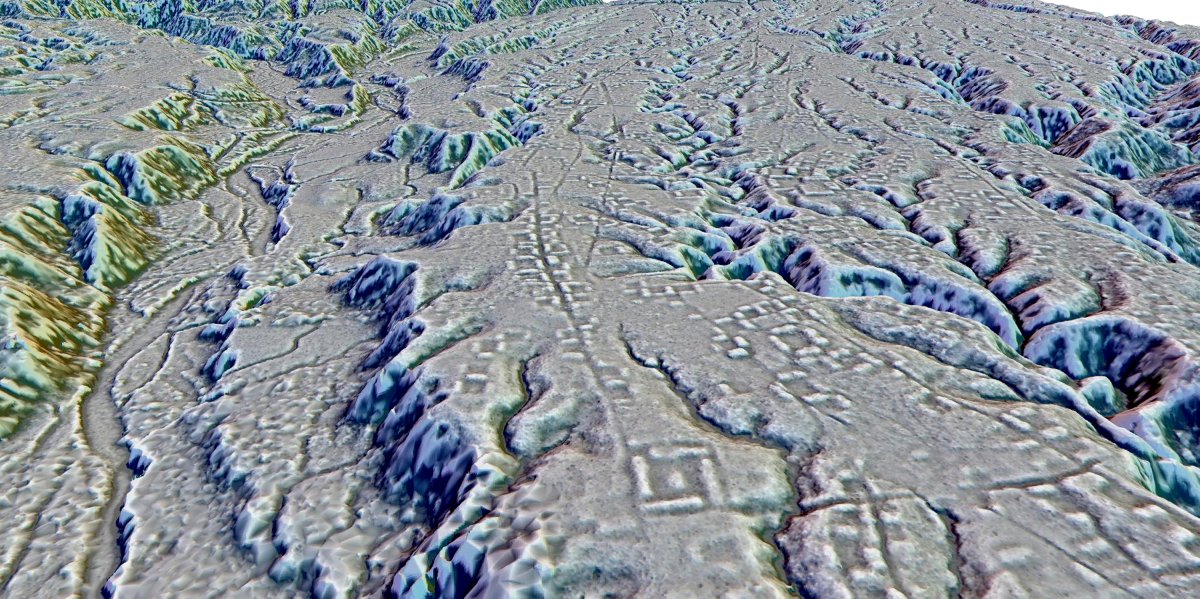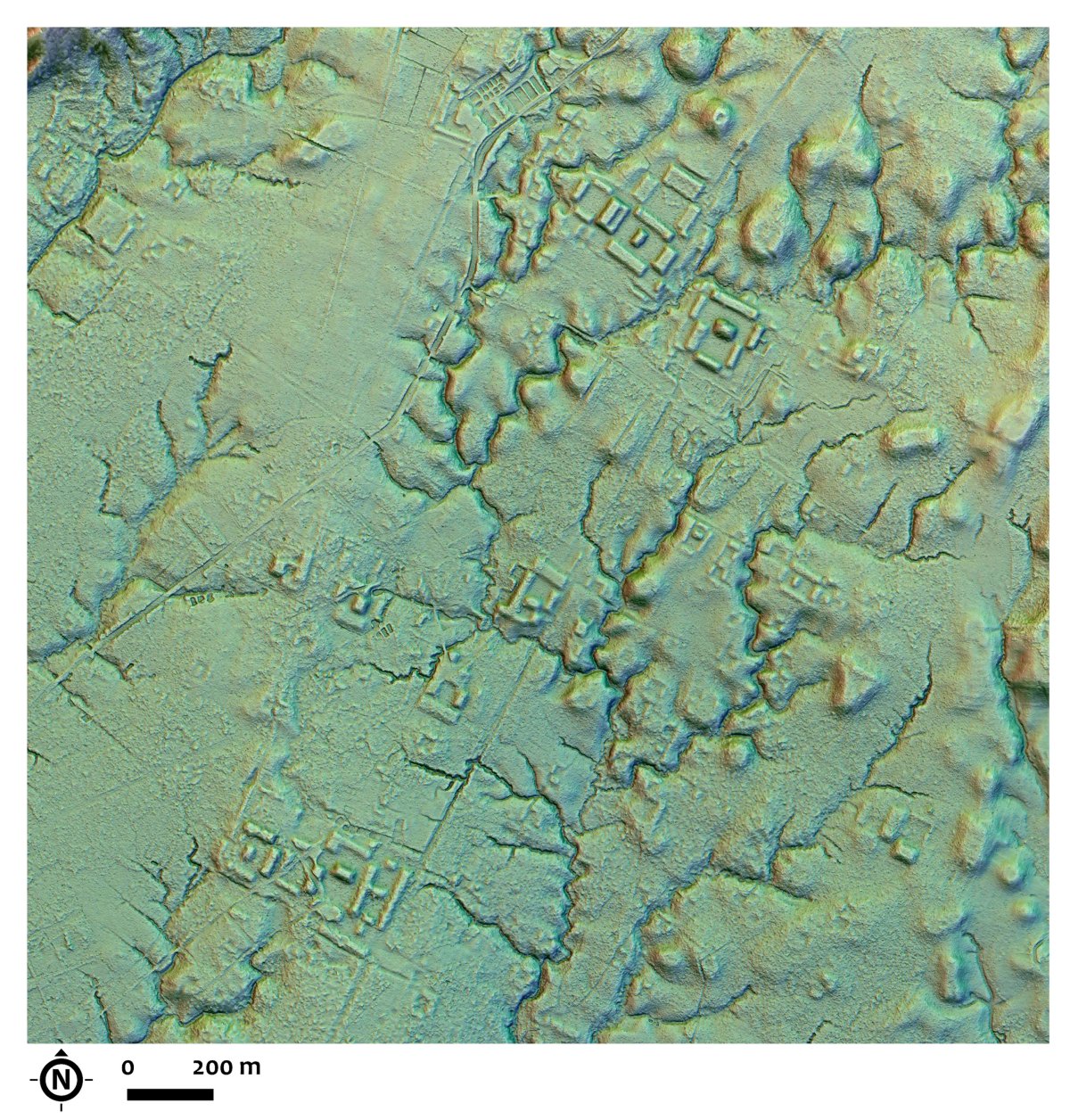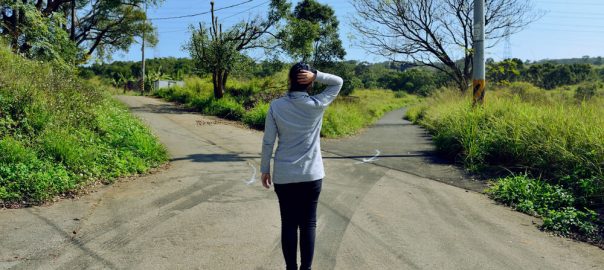
Posted on 01/12/2024 1:17:18 PM PST by Red Badger

This LIDAR image provided by researchers in January 2024 shows complexes of rectangular platforms arranged around low squares and distributed along wide dug streets at the Kunguints site, Upano Valley in Ecuador. Antoine Dorison, Stéphen Rostain via AP
~~~~~~~~~~~~~~~~~~~~~~~~~~~~~~~~~~~~~~~~~~~~~~~~~~~~~~~~~~~~~~~
A study based on over 20 years of research into an ancient site in the Amazon rainforest has revealed evidence it was once a large-scale hub of interconnected cities that date back more than 2,500 years.
The findings were published Thursday in the journal Science and detail the researchers’ work in mapping the network of settlements, which may be the earliest example of urbanism ever documented in the Amazon.
“It was a lost valley of cities,” said Stéphen Rostain, first author of the study and a director of France’s National Center for Scientific Research. “It’s incredible.”
The team of researchers identified at least 15 distinct settlements connected by a network of roads that stretched 10 to 20 kilometres. The largest roads were found to be 10 metres at their widest.
In total, more than 6,000 earthen platforms were mapped at the Ecuadorian site, each evidence of plazas, ceremonial buildings and residences built along the road system and surrounded by expansive, terraced fields and drainage ditches.
What the research describes is a complex urban layout suggesting large-scale agriculture and a flourishing population. The hub of cities was likely home to some 10,000 farmers, though it may have been as populous as 15,000 or 30,000 at its peak, according to archaeologist Antoine Dorison, a study co-author.
The site was occupied for around 1,000 years, from roughly 500 BC to around 300 to 600 AD — a period roughly contemporaneous with the Roman Empire in Europe. The population of the Ecuadorian site is comparable to Roman-era London.
“This shows a very dense occupation and an extremely complicated society,” said University of Florida archeologist Michael Heckenberger, who was not involved in the study. “For the region, it’s really in a class of its own in terms of how early it is.”

This LIDAR image provided by researchers in January 2024 shows a main street crossing an urban area, creating an axis along which complexes of rectangular platforms are arranged around low squares at the Copueno site, Upano Valley in Ecuador. Antoine Dorison, Stéphen Rostain via AP
The site was likely inhabited by the Kilamope and later Upano peoples, but not much is known about these cultures.
Pits and hearths were discovered in some of the earthen platforms, as well as jars, grindstones and burnt seeds, the authors told the BBC. The inhabitants also likely ate maize and sweet potatoes and brewed a kind of sweet beer called “chicha.”
First author Rostain was the first archaeologist to discover the site over two decades ago, but recent improvements in light detection and ranging (LIDAR) scans have allowed scientists to pierce through the dense Amazon canopy to view these ancient sites like never before.
This LIDAR mapping shows a landscape that still bears the evidence of human hands thousands of years later, even if there isn’t much in the way of material ruins.
While the Inca, for instance, built with stone, Amazonian societies typically didn’t have stone on hand to build with, so they built with mud, according to archaeologist José Iriarte, who wasn’t involved in the research.
Iriarte told the BBC that the discovery of these cities is like discovering another Mayan civilization, “but with completely different architecture, land use, ceramics.”
The authors of the study write that they hope this research helps us “revise our preconceptions of the Amazonian world” and recognize the immense complexity and diversity of people in the Amazon.
“Such a discovery is another vivid example of the underestimation of Amazonia’s twofold heritage: environmental but also cultural, and therefore Indigenous,” the paper reads.
Indeed there was! There may have been up to 5 million people that lived in what we now call the Amazon Jungle.
Back before the Spanish and Portuguese, a lot of that land was farm land.
Amazon warehouses?
Have they found the flying saucer hangar yet?
Thanks Red Badger.
“recognize the immense complexity and diversity of people in the Amazon. “
Just like “climate change” They just can’t write anything anymore without including that word Diversity. Doesn’t matter what the topic is. It is an effort to slow boil feeble minds.
This is a very cool find though.
From my studies I estimate in South America there was ten times the population the official narrative states. Just the amount of salt being mined alone indicates a demand ten times larger. And humans don’t mine just for kicks, they will only work as hard as it takes to fill an immediate demand.
Fascinating stuff, you two!


The relatively recent reports on the early travels of Spaniards from the conquest of the Incas who then traveled down the Amazon to the Atlantic by boat have opened our eyes to a lot. Large settlements were reported along the river banks. Agriculture in the poor soild of the Amazon jungle had been converted by long term use and development to something called Terra Prieta, or Black Soil. This agriculture enabled the larger populations, although river resources like fish were also an important resource.
Although a population, subsequently disappeared, of 5 million is certainly possible, it is unlikely that it occupied more than a modest portion of the Amazon jungle. It takes a while to develop black soil, and it is certainly NOT found in large parts of the Amazon, especially locations not near major rivers. Diseases carried by the Spaniards are probably the reason that 100 years later the large settlements along the Amazon no longer existed.
Looking at the LIDAR photos you can clearly see the square and rectangular construction foundatioos. Also with careful looking one can also find much more faint similar forms which might be hundreds of years older. In North America, temples were often found to have layers on layers of newer construction over original buildings. I wonder what the existance of fain traces of earlier buildings means for continuity of occupation or rise and fall of prosperity in towns and villages.
It’s stuff like this that makes Mormons grin...................
Disclaimer: Opinions posted on Free Republic are those of the individual posters and do not necessarily represent the opinion of Free Republic or its management. All materials posted herein are protected by copyright law and the exemption for fair use of copyrighted works.